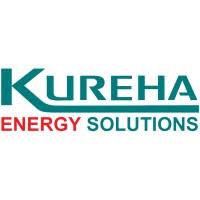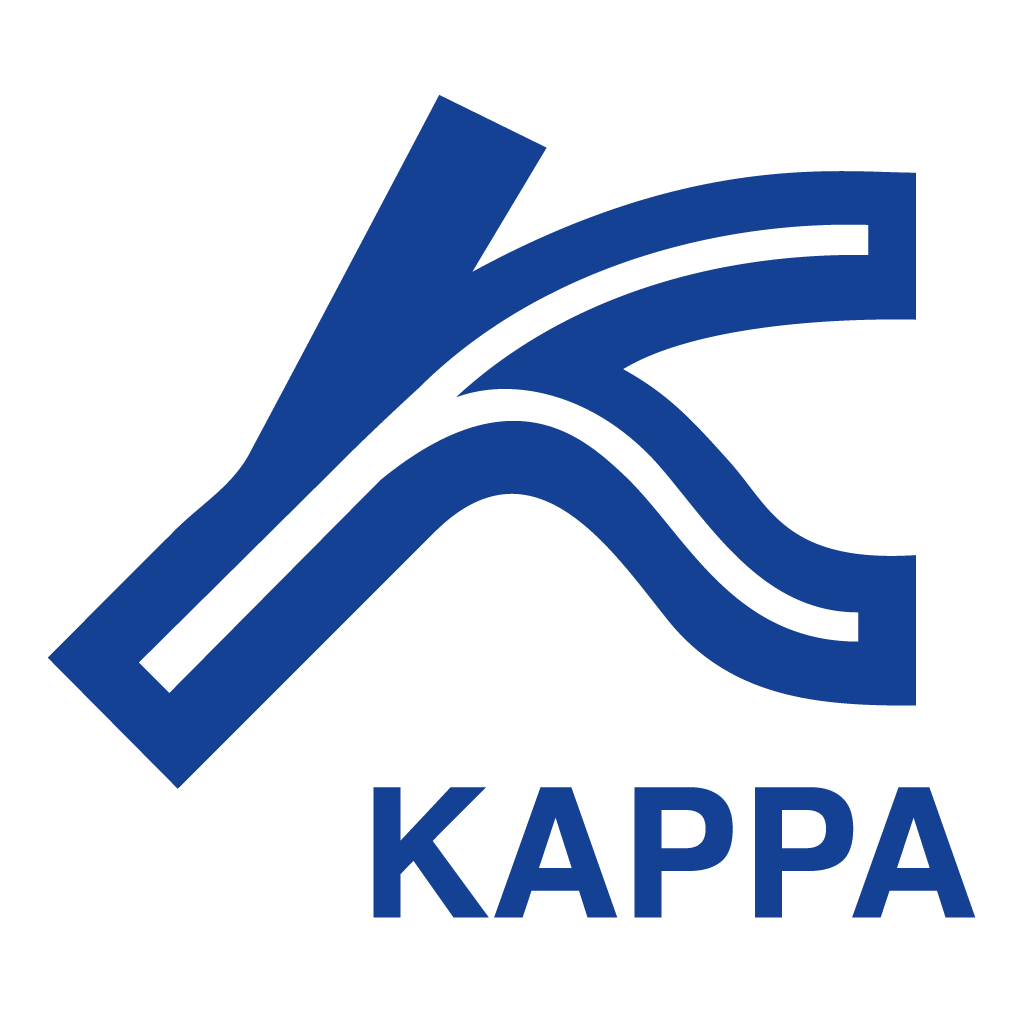Shale production is undergoing rapid transformation, a central theme of the event. Market volatility, shifting regulatory pressures, and an increased emphasis on sustainability are prompting operators and service providers to rethink their approach. In this new landscape, digital tools, remote operations, and modular wellsite configurations are no longer optional; they are essential. While the early years of the shale revolution were driven by horizontal drilling and multistage hydraulic fracturing, today the emphasis is on maximising asset productivity through real-time analytics, edge computing, and autonomous systems.
How Next-Gen Technology is Reshaping Shale Operations
The shale industry continues to evolve, driven by technical breakthroughs and operational insights, a key focus of the event. In recent years, a wave of innovations has matured, ranging from automated well pads and digital completions to pressure pumping optimisation and real-time well integrity monitoring. Across basins, the priority is to shorten time to first oil and maximise recovery while keeping the environmental impact to a minimum.
Low-code applications and cloud-native platforms are accelerating decision-making cycles while improving operational flexibility, a development highlighted at the event. For drilling engineers and completions teams, this enables faster interpretation of subsurface data, more accurate hydraulic fracturing designs, and proactive failure detection, all of which reduce non-productive time and optimise capital expenditure allocation. At the same time, new expectations are emerging for how equipment, software, and field crews work together. Intelligent pumping units, machine-vision safety systems, and AI-assisted asset monitoring are reshaping how operators manage complex field conditions.
A pivotal innovation is the use of digital twins: high-fidelity digital replicas of wells, surface facilities, and even entire shale plays. These models enable engineers to simulate hydraulic fracturing operations, optimise flowback strategies, and evaluate environmental impacts before work begins in the field. In many cases, physical control systems are being replaced by virtual operations managed from centralised control rooms. Software is moving to cloud, and decisions that once took hours are now made in minutes. Secure data platforms are establishing themselves as the backbone of inter-company collaboration, allowing equipment manufacturers, E&P firms, and technology integrators to build predictive models and integrate carbon capture, utilisation, and storage into active field operations.
Shale’s New Frontier: Efficiency, Sustainability, and Security
This new era of shale production, as presented at the event, is defined not only by better wells but by smarter and more sustainable ones. In advanced operations, mobile robotic units now carry out routine inspections and equipment handling, while AI models assist field engineers in selecting the optimal choke settings, proppant loads, and pump schedules. These technologies not only deliver incremental production gains but also redefine what is operationally and commercially possible.
However, these advances bring a heightened level of risk, a challenge addressed at the event. Cybersecurity has become a frontline concern for producers, contractors, and equipment suppliers. As control systems and operational data are increasingly digitised, the threat landscape is expanding. Protecting operational continuity and data integrity is now as critical as optimising well economics.
Argentina Shale Production 2026 brings together a global network of shale stakeholders, including E&P executives, technology innovators, equipment manufacturers, service companies, and capital providers, to discuss the future of high-performance, low-emissions shale operations. The event serves as a platform to build new partnerships, share breakthroughs, and explore the pathways that will shape the next generation of shale energy.













